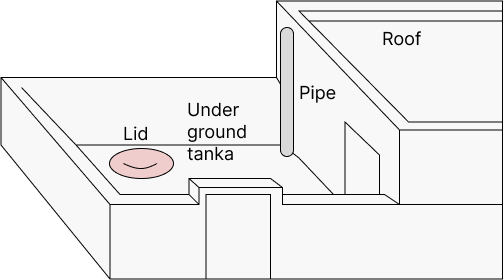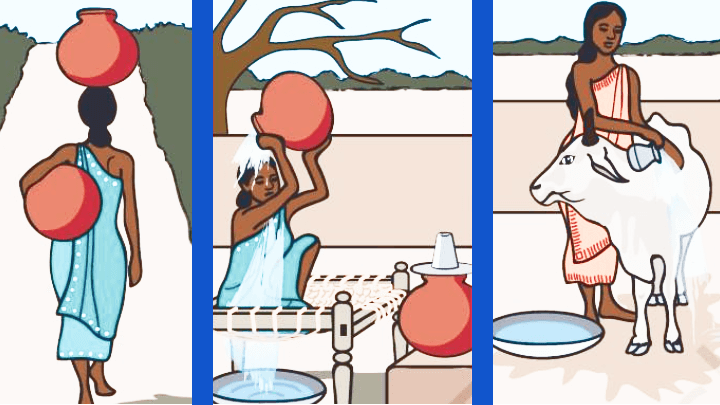Class 3 EVS Drop by Drop Revision Notes: Quick Preparation and Faster Revision
FAQs on Drop by Drop Class 3 Notes CBSE EVS Chapter 20 (Free PDF Download)
1. What is the best method of collecting water?
The best method of collecting water is by creating a storage tank and diverting rainwater to it. It helps you store ample water during the monsoon season. Rainwater gets wasted when it drains into the sewage. It can be stored and used for household purposes.
2. What should we do to reduce the water crisis?
We should use water judiciously and learn how to save water. There are methods given in this chapter we should learn and practice to save water for the future.
3. What is the best way to prepare this chapter?
Study the chapter first and then refer to the revision notes. Clarify doubts and then proceed to solve the exercise questions. Use these notes to recall concepts and prepare this chapter well.
4. What is rainwater harvesting?
Rainwater harvesting is the simple process or technology which is used to conserve rainwater by storing, collecting and purifying rainwater to use that water for our daily life purposes rather than allowing it to runoff. There are many ways of rainwater harvesting:
Rooftop rainwater harvesting.
Surface runoff harvesting.
Gully plug.
Contour bund.
Gabion structure.
5. How does Madho’s father fetch water?
Bajju village is a desert village and people of the village fetch water by walking for hours in the hot desert, storing some water and travelling back to their homes. Madho’s father fetches the water in his camel-cart. Sometimes, Madho is permitted to take water directly from one of the tankas of the village.
6. What was the main reason for water scarcity in Bajju village?
Due to no rains for a long period of time, Bajju village became a desert village and continued with water scarcity.
7. Why is rainwater mostly used for drinking?
The rainwater is harvested, and water is purified after distillation with the help of evaporation from the sun; this makes the water drinkable. However, when rain falls from the sky, substances from the air and land melt into the rainwater. Our drinking water is made available after a series of purification processes.


















